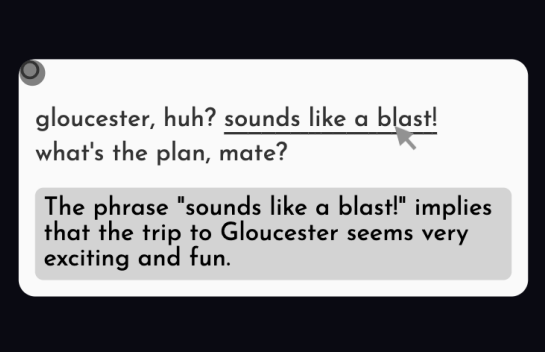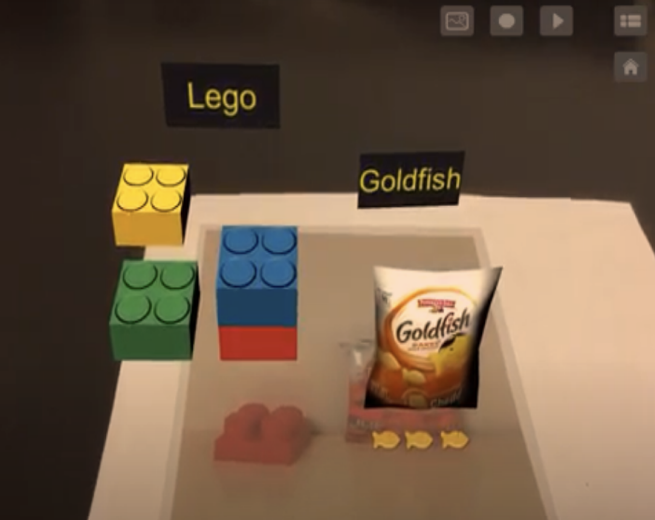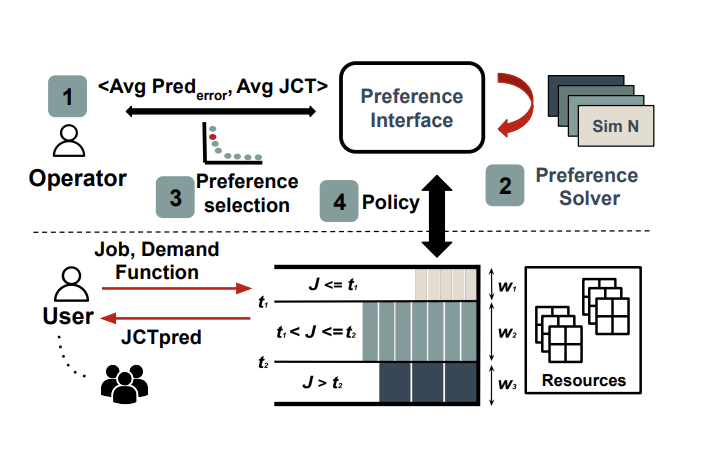

Welcome to NAT (Networking at Tufts) Lab!
We are an interdisciplinary team of researchers with interests spanning performance and reliability of networked systems, accessible technology design, and, more recently, design and deployment of human-AI applications at scale. We are based in the Computer Science department at Tufts University, which is conveniently located about 5 miles from downtown Boston and easily accessible by train.













